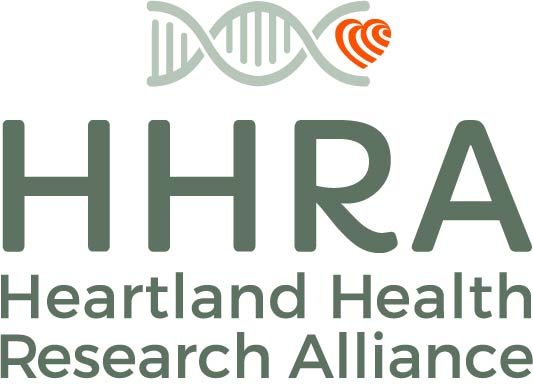Carmichael et al., 2016
Carmichael SL, Yang W, Roberts E, Kegley SE, Brown TJ, English PB, Lammer EJ, Shaw GM, “Residential agricultural pesticide exposures and risks of selected birth defects among offspring in the San Joaquin Valley of California,” Birth Defects Research Part A: Clinical and Molecular Teratology, 2016, 106:1, doi: 10.1002/bdra.23459.
ABSTRACT:
BACKGROUND: We examined associations of birth defects with residential proximity to commercial agricultural pesticide applications in California. Subjects included 367 cases representing five types of birth defects and 785 nonmalformed controls born 1997 to 2006.
METHODS:Associations with any versus no exposure to physicochemical groups of pesticides and specific chemicals were assessed using logistic regression adjusted for covariates. Overall, 46% of cases and 38% of controls were classified as exposed to pesticides within a 500 m radius of mother’s address during a 3-month periconceptional window.
RESULTS:We estimated odds ratios (ORs) for 85 groups and 95 chemicals with five or more exposed cases and control mothers. Ninety-five percent confidence intervals (CI) excluded 1.0 for 11 ORs for groups and 22 ORs for chemicals, ranging from 1.9 to 3.1 for groups and 1.8 to 4.9 for chemicals except for two that were <1 (noted below).
CONCLUSION:For groups, these ORs were for anotia/microtia (n = 95 cases) and dichlorophenoxy acids/esters and neonicotinoids; anorectal atresia/stenosis (n = 77) and alcohol/ethers and organophosphates (these ORs were < 1.0); transverse limb deficiencies (n = 59) and dichlorophenoxy acids/esters, petroleum derivatives, and triazines; and craniosynostosis (n = 79) and alcohol/ethers, avermectins, neonicotinoids, and organophosphates. For chemicals, ORs were: anotia/microtia and five pesticides from the groups dichlorophenoxy acids/esters, copper-containing compounds, neonicotinoids, organophosphates, and triazines; transverse limb deficiency and six pesticides – oxyfluorfen and pesticides from the groups copper-containing compounds, 2,6-dinitroanilines, neonicotinoids, petroleum derivatives and polyalkyloxy compounds; craniosynostosis and 10 pesticides – oxyfluorfen and pesticides from the groups alcohol/ethers, avermectins, n-methyl-carbamates, neonicotinoids, ogranophosphates (two chemicals), polyalkyloxy compounds (two chemicals), and pyrethroids; and congenital diaphragmatic hernia (n = 62) and a copper-containing compound. FULL TEXT
